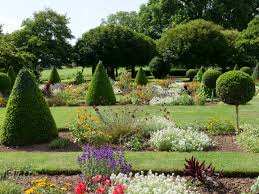Souvenir Sheet: Monuments and historic sites (Korea, South 1964)
Monuments and historic sites (Korea, South 1964)
25 May (Korea, South ) within release Monuments and historic sites goes into circulation Souvenir Sheet Monuments and historic sites face value 11 South Korean won
| Souvenir Sheet Monuments and historic sites in catalogues | |
|---|---|
| Michel: | Mi:KR BL189 |
| Stamp Number: | Sn:KR 440a |
Souvenir Sheet is square format.
Also in the issue Monuments and historic sites:
- Stamp - Secret Garden, Changdok Palace, Seoul face value 1;
- Stamp - Whahong Gate, Suwon face value 2;
- Stamp - Uisang Pavilion face value 3;
- Stamp - Mt. Sangni face value 4;
- Stamp - Paek ma River face value 5;
- Stamp - Anab Pond face value 6;
- Stamp - Choksok Pavilion face value 7;
- Stamp - Kwanghan Pavilion face value 8;
- Souvenir Sheet - Monuments and historic sites face value 11;
- Souvenir Sheet - Monuments and historic sites face value 11;
- Souvenir Sheet - Monuments and historic sites face value 11;
- Souvenir Sheet - Monuments and historic sites face value 11;
- Souvenir Sheet - Monuments and historic sites face value 11;
Souvenir Sheet Monuments and historic sites it reflects the thematic directions:
A landscape is the visible features of an area of land, its landforms and how they integrate with natural or man-made features. A landscape includes the physical elements of geophysically defined landforms such as (ice-capped) mountains, hills, water bodies such as rivers, lakes, ponds and the sea, living elements of land cover including indigenous vegetation, human elements including different forms of land use, buildings and structures, and transitory elements such as lighting and weather conditions. Combining both their physical origins and the cultural overlay of human presence, often created over millennia, landscapes reflect a living synthesis of people and place that is vital to local and national identity. The character of a landscape helps define the self-image of the people who inhabit it and a sense of place that differentiates one region from other regions. It is the dynamic backdrop to people’s lives. Landscape can be as varied as farmland, a landscape park, or wilderness. The earth has a vast range of landscapes, including the icy landscapes of polar regions, mountainous landscapes, vast arid desert landscapes, islands and coastal landscapes, densely forested or wooded landscapes including past boreal forests and tropical rainforests, and agricultural landscapes of temperate and tropical regions.
A garden is a planned space, usually outdoors, set aside for the cultivation, display, and enjoyment of plants and other forms of nature. The single feature identifying even the wildest wild garden is control. The garden can incorporate both natural and artificial materials


